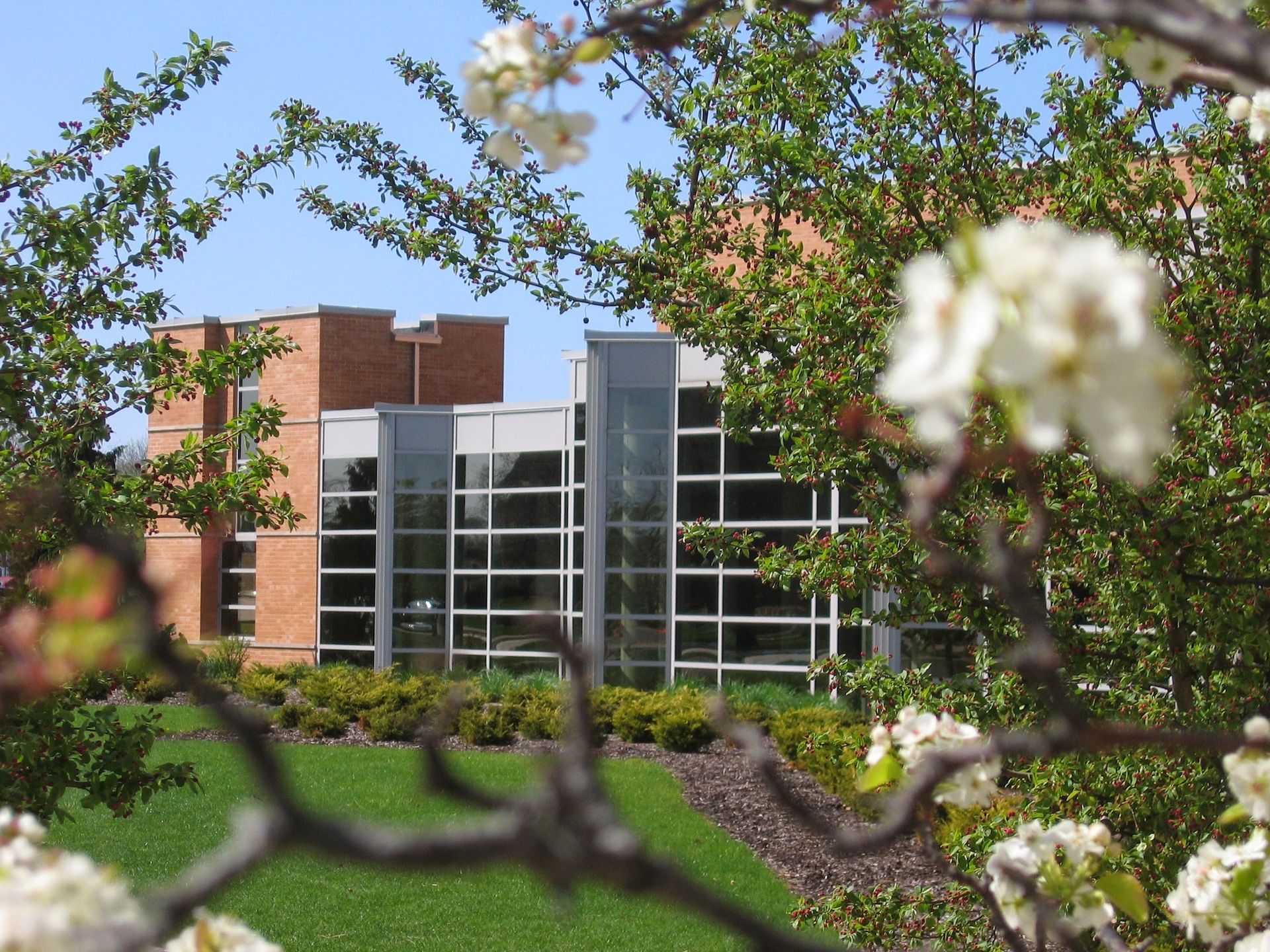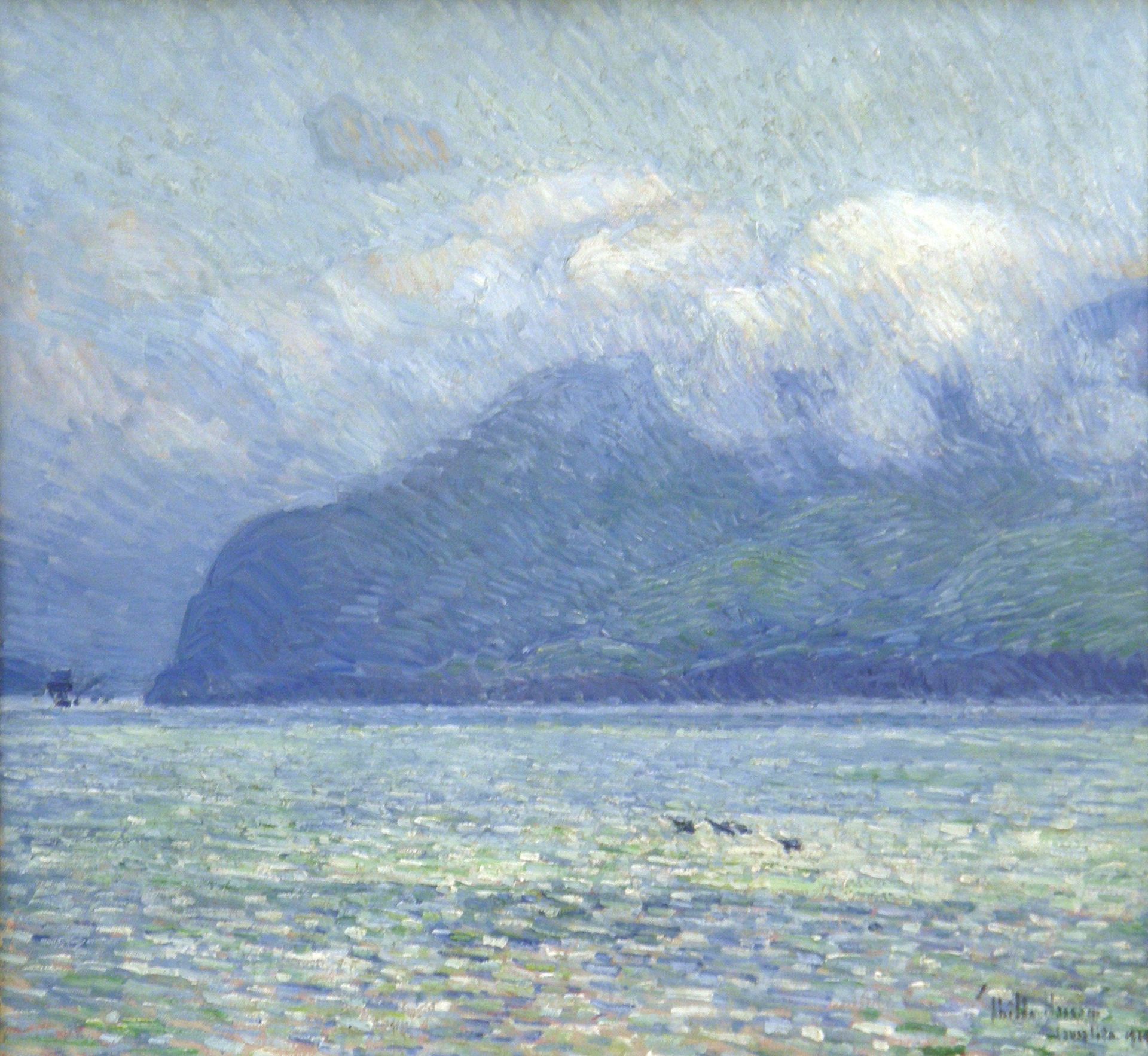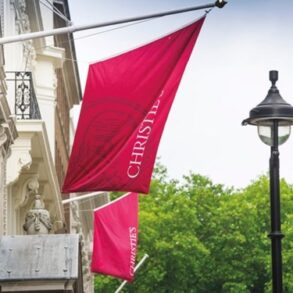Valparaiso University has taken new and decisive steps to sell three notable works from the collection of the campus’s Brauer Museum of Art as part of a plan to help stabilise the finances of the Indiana-based university, which currently is struggling with declining enrollment and an annual deficit of $9m. Those steps include the drastic decision to close the museum, perhaps permanently.
In late May, the university petitioned the Porter County Superior Court to amend the trust that brought the donation in 1953 of 400 artworks and approximately $188,000, set up in 1945 by Chicago public school teacher, Percy H. Sloan (1870-1950), to the university by the trust’s executor, Louis P. Miller, in order to allow for the sale of Georgia O’Keeffe’s Rust Red Hills (1930), Frederic E. Church’s Mountain Landscape (1865) and Childe Hassam’s The Silver Veil and the Golden Gate (1914), estimated to be worth a combined $10m to $15m. The money generated from their sales is to be used to improve freshmen dormitories with “amenities and features that prospective students value and expect”, according to a statement by the university’s president, Jose D. Padilla, in February 2023.
Opponents of this plan have sought to stop any sales, appealing to the Indiana Attorney General’s office and filing a civil lawsuit. Richard Brauer, the founding director of the museum (after whom it subsequently was renamed) claimed that nothing in either Percy Sloan’s last will and testament or the trust agreement with Valparaiso University “includes what is commonly known as a ‘deaccessioning policy’ to permit Valparaiso University to sell off objects donated or acquired using the trust corpus of the Percy H. Sloan Trust”.

The Valparaiso University Center for the Arts, which houses the Brauer Museum of Art. Photo by Runner1928, via Wikimedia Commons
Several associations of curators, museums and museum directors—including the Association of Art Museum Directors, American Alliance of Museums, the Association of Academic Museums and Galleries and the Association of Art Museum Curators—released a joint statement in early 2023 decrying Valparaiso’s planned sale of the works and offering hope that “the university will reconsider its decision”.
These efforts have not achieved success. A civil suit to stop the proposed sale filed by Brauer and various supporters of the museum was dismissed last fall for lack of standing by the complainants, and Indiana Attorney General Scott Rokita has refused entreaties to bar the sales, giving no reason, leaving the petition to amend the trust filed with the Porter County Superior Court as the last hurdle for the university. It is unlikely that the court will deny the university’s request.
The university argued in its petition that the original gift of art was comprised of paintings by the donor’s father, Junius R. Sloan and “other painters largely of the mid-19th century art movement known as the ‘Hudson River School’ or otherwise ‘conservative’”. The money that accompanied the gift of art could be used to acquire additional “paintings of the type generally known as conservative”.
The three paintings at the heart of this legal tussle were not part of the original gift from Percy Sloan but were purchased by that fund in the 1960s—the O’Keeffe in 1962 for $5,700 and the Hassam in 1967 for $9,000. “The paintings are not conservative,” the petition claims. “O’Keeffe is an American modernist. Hassam is an American Impressionist. At the time those paintings were purchased, the [museum’s acquisitions] committee knew that it was straying from Sloan’s directive to acquire conservative art.”
An additional reason for permitting the sale of these paintings, the petition notes, is their heightened value. “The three paintings, particularly the non-conservative O’Keeffe and Hassam paintings, have become very valuable making it impractical for Valparaiso University to display them and making it wasteful for Valparaiso to retain them in storage indefinitely.” The Brauer Museum lacks state-of-the-art security systems in order to adequately protect these works, the petition adds, particularly at a time when “’activists’, in recent years, have taken to hurling soup and other harmful objects at classic art”.
The decision to sell the paintings is only one piece of a larger financial restructuring of the university. In March, Valparaiso University Provost Eric Johnson announced a list of academic programmes—18 undergraduate and ten graduate—that were being considered for discontinuance, including undergraduate majors in astronomy, economics, German, philosophy, public health, Spanish and theology, as well as graduate programmes in cybersecurity, English and nurse education.

Childe Hassam, The Silver Veil and the Golden Gate, 1914, Brauer Museum of Art at Valparaiso University Via Wikimedia Commons
Earlier this month, 14 university staff were let go, including Jonathan Canning, director of the Brauer Museum, and the museum itself was closed. A request to learn if the museum is being closed permanently or just temporarily was not answered by anyone in president Padilla’s office, although the petition described creating an art gallery in a renovated dormitory’s common reading room. “The less valuable works in the collection, including those of Sloan’s father, could be securely displayed in that gallery.”
An email was sent out to the university staff and faculty in mid-June announcing, among other points, that the Brauer would be closed for the summer, reopening in the fall with “updated staffing”, but that staff would not include Canning who was told to leave that day and claims, “I was never told why I was let go.”
The petition to the Porter County Superior Court notes that “Valparaiso University has experienced annual operating deficits for a number of years due to its declining enrollment”, adding that a shrinking number of students decreases those who are able to view the collection. A principal reason for declining enrollment is “its antiquated freshmen dormitories, which lack centralised air conditioning, suite-style rooms and other amenities that have come to be expected by prospective college students”. The sale of these paintings presumably would help the university make its freshman accommodations more attractive to applicants.
The university restructuring plan was the work of RPK Group, an Annapolis, Maryland-based consultancy that also has developed financial sustainability plans for the State University of New York, University of Missouri, Dillard University, University of Kansas, Gallaudet University, Loyola University (in Maryland) and the University of Virginia.
Whether or not the largest problem at Valparaiso University is the freshman dormitories, the school’s fiscal woes are shared by many other colleges and universities around the United States, all of which face the problems of declining enrollment and higher costs. That reality has not made cuts to academic programmes or to the arts in particular any more palatable.
“The humanities are under attack here,” says John Ruff, a senior research professor in Valparaiso University’s English department. “The faculty, and that includes people in programmes that are safe and those in programs that are not safe, thinks that what is happening is terrible.” These larger changes have meant that “the sale of the art has taken a back seat, because programmes are at stake”, he adds. “The museum is being turned into an ATM.”
This post was originally published on this site be sure to check out more of their content






